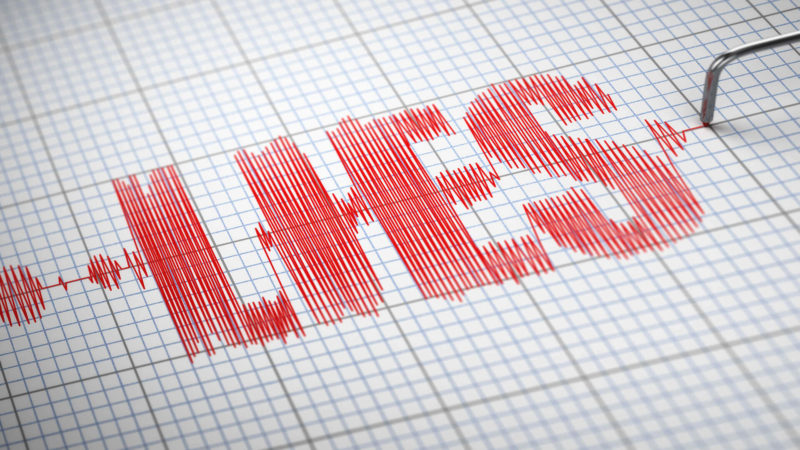
Misinformation is everywhere! Marketers must know the what and why of it to respond when bogus claims are made about their brands.
There is so much misinformation that the Associated Press publishes a weekly rundown of “what didn’t happen this week.” Many universities publish guides and offer classes on how to spot “fake news.”
A recent example: President Trump’s claim that a photo of Abrego Garcia’s hand shows the gang name MS13 tattooed on his fingers, when it is clearly “a digitally altered image.”
While the press frequently exposes misinformation, it is also responsible for creating and amplifying it. This has severely damaged people’s opinions of journalism. A 2024 Gallup poll found that the number of Americans saying they trust the media has fallen from 72% in 1976 to 31% today.
Along with a lack of trust in institutions that are supposed to fact-check themselves, is the use of social media as a news source. According to the Pew Research Center, 53% of Americans get some or all of their news from these sites. Furthermore, the past few years have seen a significant decline in social media platforms’ efforts to fact-check what gets published. The result is an “epidemic of scams.”
How do we avoid falling for lies?
Education is key. Increasing your understanding of math, particularly statistics. I’m not suggesting you pick up a math textbook and start doing practice problems (though that wouldn’t hurt). Focusing on applied mathematics, particularly within areas commonly cited as proof in social media, is an essential first step. (If that’s too intimidating, you might want to try Darrell Huff’s 1954 illustrated classic “How to Lie With Statistics.” – Ed.)
Dig deeper: Brand safety is BS (until it’s not)
One such area is probability, or how likely something is to happen. In “Innumeracy: Mathematical Illiteracy and Its Consequences,” John Allen Paulos shows what happens without adequate math education. Paulos said one of the most significant problems is that “innumerates” (people lacking basic knowledge of mathematics and statistics) have “a tendency to drastically underestimate the frequency of coincidences.”
He gives an example of a stock scheme in which an adviser sends stock market predictions in the mail for six weeks. Everyone gets different predictions. People who get predictions that don’t pan out are dropped from the group until only those who receive six correct predictions remain. They are then told they must pay to get more predictions; of course, some do. The conclusion is that “there is always enough random success to justify almost anything to someone who wants to believe.”
The desire to believe can be incredibly dangerous and is inherent in human thinking. It’s an informal logical fallacy called confirmation bias, and we tend to look for and/or favor information that confirms what we believe. Confirmation bias also makes us skeptical of information that contradicts what we think is true.
You can trust, but you better verify
As Mark Twain said, “It ain’t what you don’t know that gets you into trouble. It’s what you know for sure that just ain’t so.”
Dig deeper: Target’s DEI retreat: Inclusivity was never more than a marketing stunt
In addition to math education, becoming slightly familiar with logic significantly reduces the likelihood of falling into a misinformation trap. Informal logical fallacies frequently cause us to become victims of misinformation. These include:
- Appeal to authority: We accept a claim as true because of the credentials of the person who made it, rather than the evidence supporting the claim (e.g., a math professor says 2 + 2 = 7, so we accept it as accurate based on their credentials alone.).
- Argument from incredulity: We can’t imagine something is true, so we conclude that it’s false (i.e., “I can’t imagine how the LA Dodgers could have won the World Series without cheating, so they must have cheated.”).
- Agumentum ad populum: We conclude something is true because a lot of people believe it (i.e., “Everybody knows the moon landing was a hoax.”).
- False equivalence: An equivalence drawn between two unequal things (i.e., “Paul caused an accident while drinking and driving. Jan caused an accident because she had to sneeze. They’re both just as bad.”).
- Special pleading: Exempting someone or something from a rule just because we want to (i.e., “Yes, speeders should get tickets, but I had a bad day today, so I shouldn’t get one.”).
There are many more fallacious ways of thinking, but these are the most common ones I’ve encountered on social media. Understanding these will make you aware when you encounter them and as you start to use them.
4 things to be aware of
There are other ways to help people avoid these traps and reduce the chance of falling into them yourself.
Dan Ariely’s 2023 book, “Misbelief: What Makes Rational People Believe Irrational Things,” examines the effects of misinformation and what predisposes people to becoming victims of misbelief. He found four things that increase the risk of misbelief:
- Emotional: Stress leads people to take shortcuts inadvertently.
- Cognitive: Human brains are wired to seek patterns and can find them even when none exist.
- Personality: Some personality types are more likely than others to believe misinformation.
- Social: Believing misinformation can ostracize people from their existing groups, forcing them to find new ones that share their new beliefs.
The must-know for marketers
Here’s what marketers must keep in mind for dealing with misinformation:
- Constantly monitor brand-related chatter, so you are among the first to know.
- Make direct, concise and truthful information publicly available and update it regularly.
- Avoid drawing more attention to the misinformation.
If the frequency of misinformation for your brand is high and/or your brand is the subject of viral misinformation, bring in a public relations expert or agency now. Do not wait until disaster hits.
Human minds are complex and come out of the box ready to believe misinformation if we’re not careful. Building your mathematical and logical knowledge base while understanding common human cognition problems helps build strong defenses against misinformation.
No one is invulnerable, though, so, to quote Star Trek’s Captain Picard: “Vigilance, Mr. Worf – that is the price we have to continually pay.”
Dig deeper: GenAI is telling your brand’s story — with or without you
The post Misinformation is exploding, and your brand is next appeared first on MarTech.
